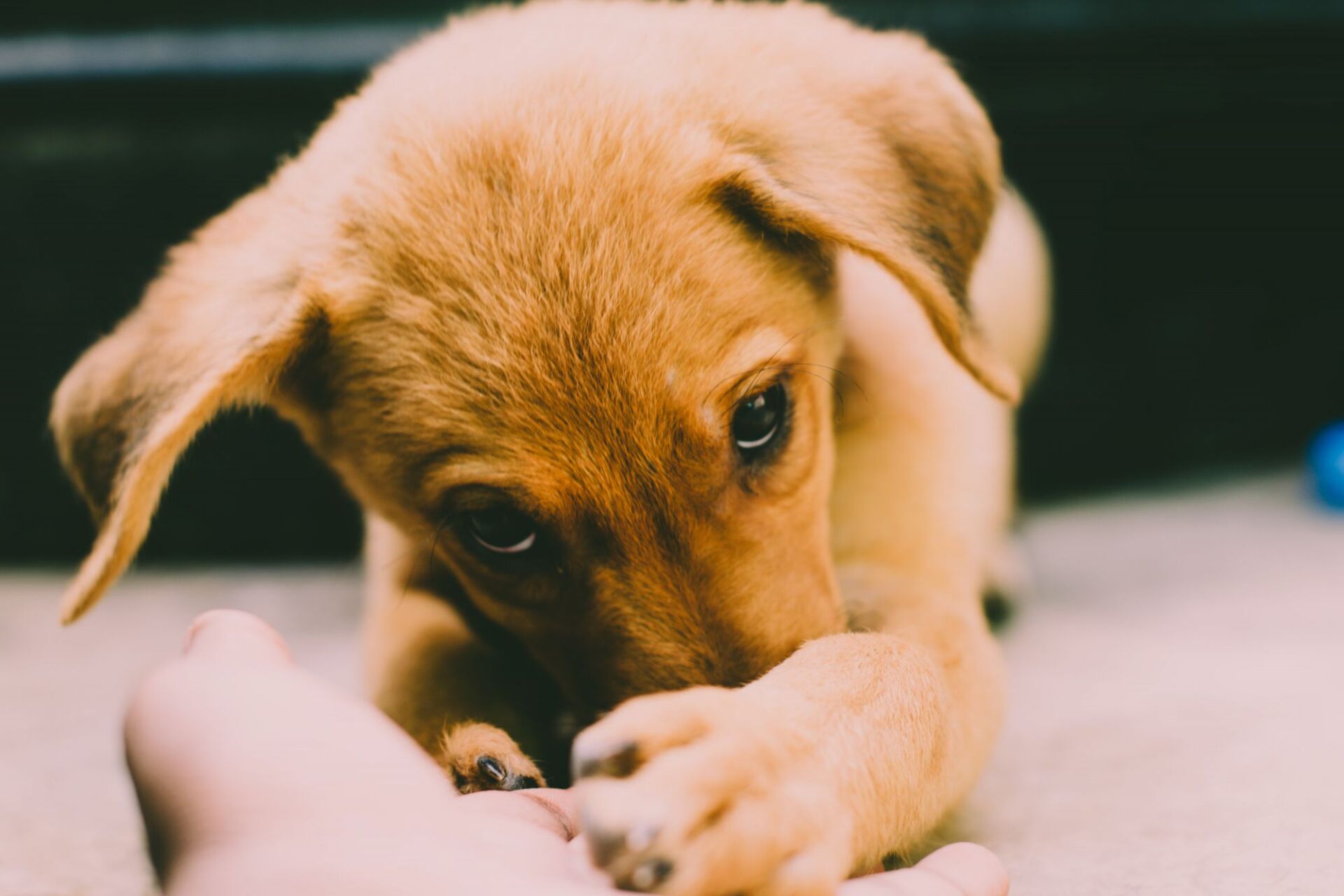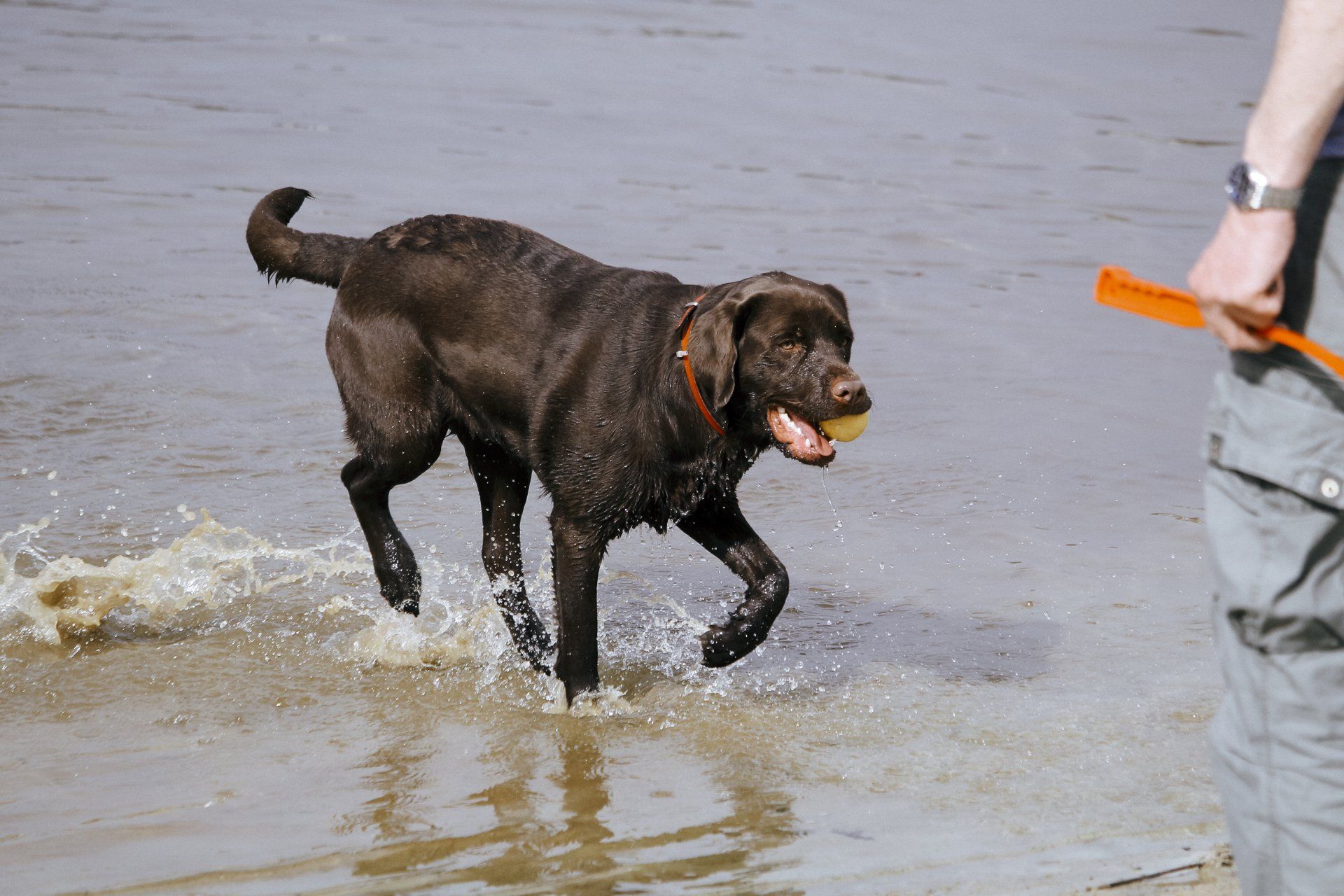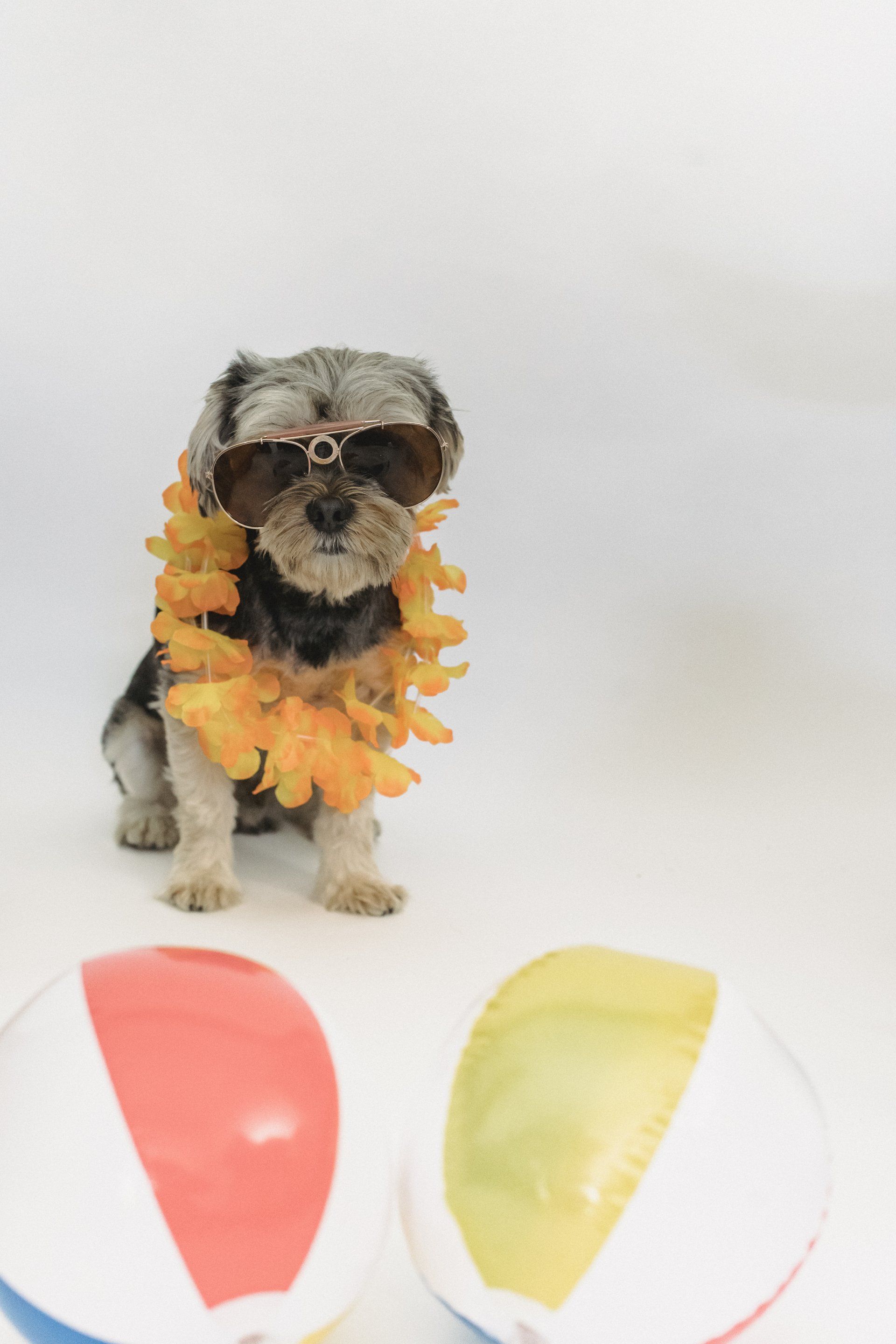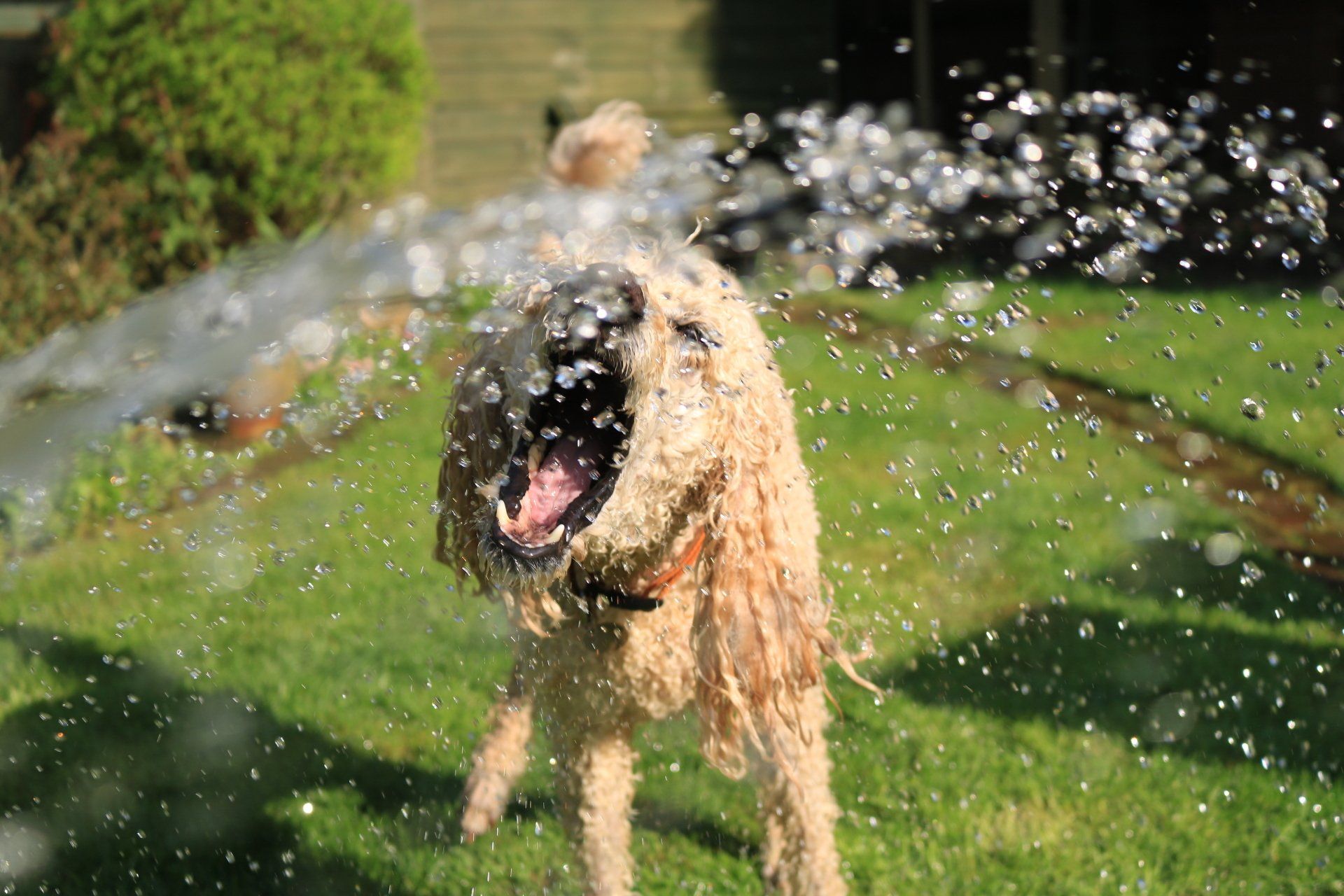Flea Prevention
Homemade Puppies, LLC strives to be your trusted source for not only connecting with your new fur-baby, but also answering the dog related questions you may have to enhance your experience with your dog/puppy. Each week our in house dog expert, Katie, answers your puppy and dog questions. Submit your canine questions to info@homemadepuppies.com.
As always puppies advertised on Homemade Puppies are always 100% raised in-home by responsible family breeders...never raised outside or in a barn, etc. No Puppy Mills, ever. We promise. www.homemadepuppies.com
Here is this week's blog from Katie!

The word no one wants to hear, FLEAS!
Fleas are a common external parasite. They are ravenous blood feeders that consume up to 15 times their body weight in blood per day. Your pet can pick up fleas from pretty much anywhere! When a flea is in the environment they can jump vertically up to 6 inches. They are adept little hitchhikers! However, once a flea finds a host it is rare for them to jump from pet to pet. Fleas can be hard to spot especially in a pet with dark hair or long hair. Flea poop, looks like pepper and you may spot it on your pet's hair or bedding. Adult fleas or their feces can sometimes be spotted by your pets eyes or ears or by their rear ends.
Fleas spend their time on your pet, feeding and reproducing. A flea can lay up to 40-50 eggs per day. It's these flea eggs that fall off your pet and land in your carpet, bedding, furniture, floor cracks, and anywhere else your pet spends their time. After the eggs hatch they develop into tiny, worm-like larvae. The larvae feed mainly on the feces ( dried blood) of adult fleas which also accumulates in areas where your pet spends their time. Before becoming adult fleas, larvae transform into pupae within a silk-like cocoon surrounded by bits of debris. Pupae remain inside the cocoon for 1-4 weeks. However, if conditions become unfavorable, such as a flea infested home becoming vacant, they can remain in the cocoon for much longer. This cocoon is impervious to insecticides. This is part of the reason getting rid of fleas can be so tricky!
So how do you get rid of fleas? Prevention is the best course of action! There are many forms of preventives on the market. Talking to your veterinarian is important to find the most appropriate treatment for your pet. They will know your pet's health needs best and also know which products are performing best for your area. Similar to how bacteria can become resistant to some antibiotics, flea populations tend to become resistant to some flea medications. There are topical medications and oral medications available for flea control. Most work by sterilizing the adult flea and killing them and halting the development of flea eggs and larvae. When applying topical flea medication, you want to be sure not to have bathed for pet for 72 hours before or after. The pet's natural skin and hair oils help to distribute the medication over your pet and bathing strips these natural oils away. There are a lot of natural remedies that are said to be effective such as Blue Dawn dish soap and food grade diatomaceous earth but again consulting your veterinarian is the best first step before doing any treatment to your pet. Often manufacturers of flea medications bought from a veterinary office will guarantee their product, ensuring your pet won't get fleas and covering cost of treatment if they do. Please under no circumstances use Hartz brand flea products on your pet! This brand has been know you cause neurological conditions and even death in pets. How it is still on the market for purchase I do not know.
If you have an infestation in your home, treating ALL pets is very important. There are various products available for home treatment but the most effective ones have permethrin, imidacloprid or dinotefuran. Popular brands are Ortho Home Defense, Raid Flea Killer Plus, and Nyguard Plus Flea and Tick Premise Spray. Foggers and bombs are not recommended because they are usually less effective due to the fact they spray into the air and not much infiltrates the cracks and crevices where the eggs, larvae, and pupae hide. Washing all toys, clothing, bedding and flooring that your pet has been exposed to is the next step. Then vacuum! Vacuuming removes many of the flea eggs, larvae and pupae that are developing within the home. Vacuuming also stimulates fleas to emerge sooner from their insecticide- resistant cocoons, thus hastening their exposure to treatment. Don't forget the edges when vacuuming and when finished seal up the bag you dispose the waste in and place it in an outside trash container. Some people even place a flea collar in their vacuum canister. Daily, thorough vacuuming plays a big part in ridding your home of fleas.
Even after treatment you might see some fleas for a few weeks or longer. These are often newly emerged fleas that have not succumbed to the insecticide. If you continue to see adult fleas past 4 weeks, retreatment of the environment may be necessary.
If fleas are a problem for your pet, talk to your vet, use monthly flea prevention and treat the environment and you should see success.
Do you have a question for Katie? Submit your question(s) to info@homemadepuppies.com.
Don't forget to catch Katie's blog from last week: https://www.homemadepuppies.com/heartworm-prevention









